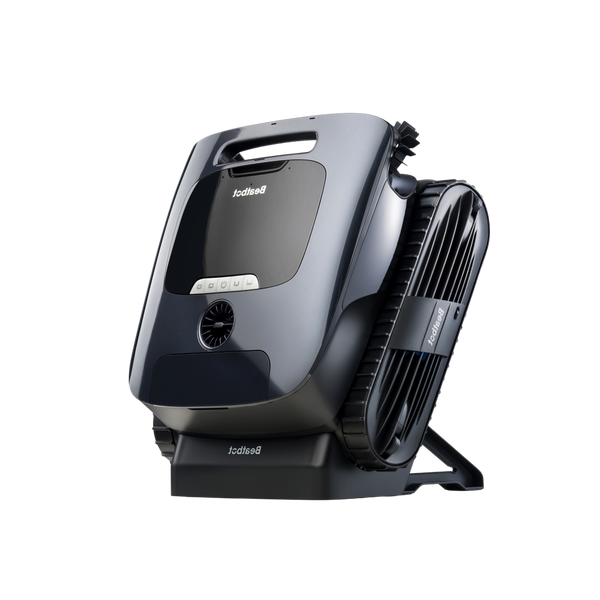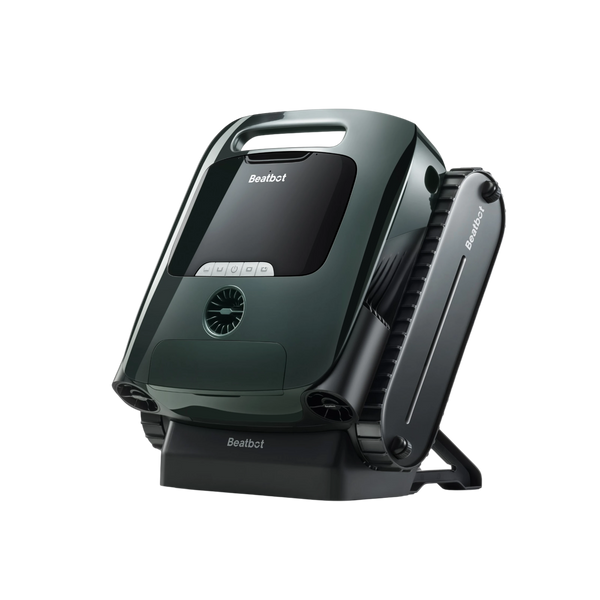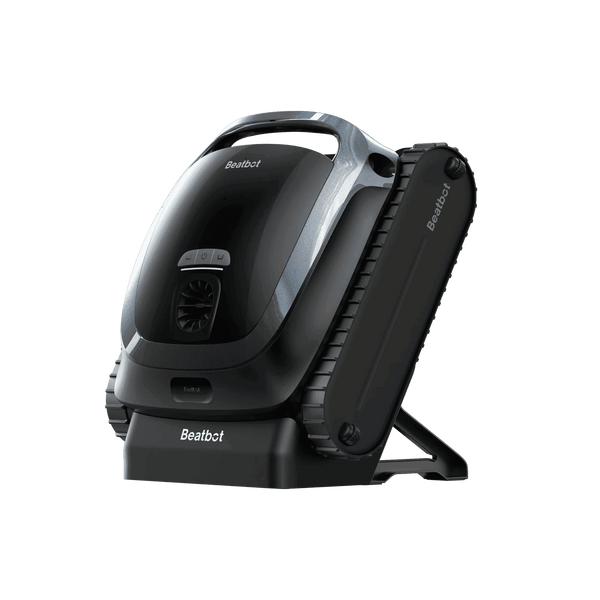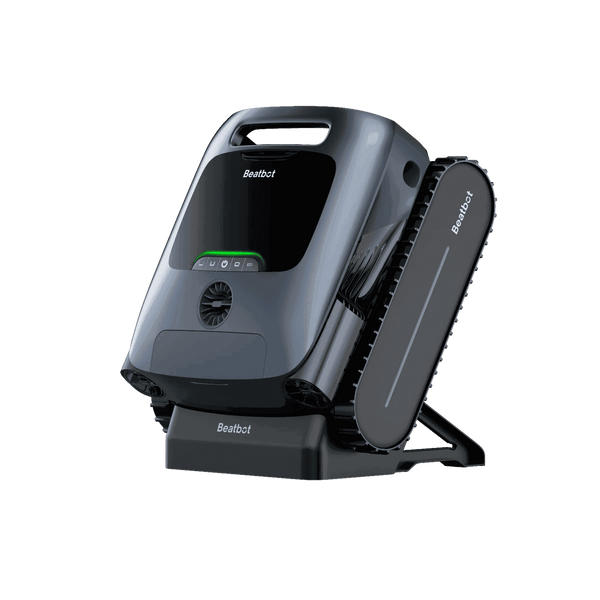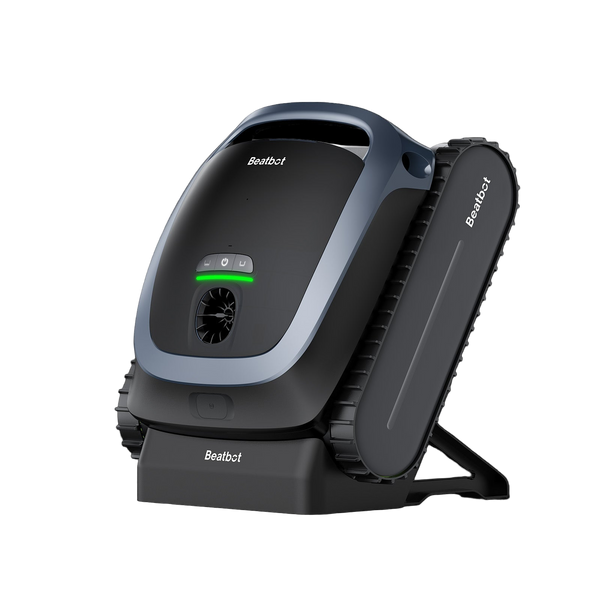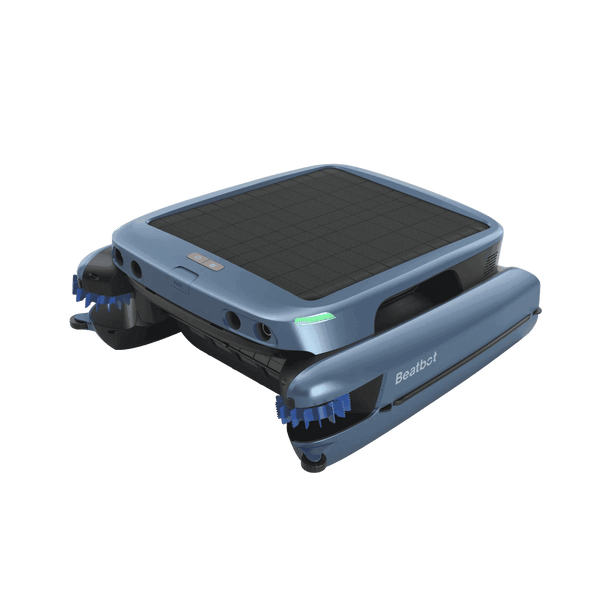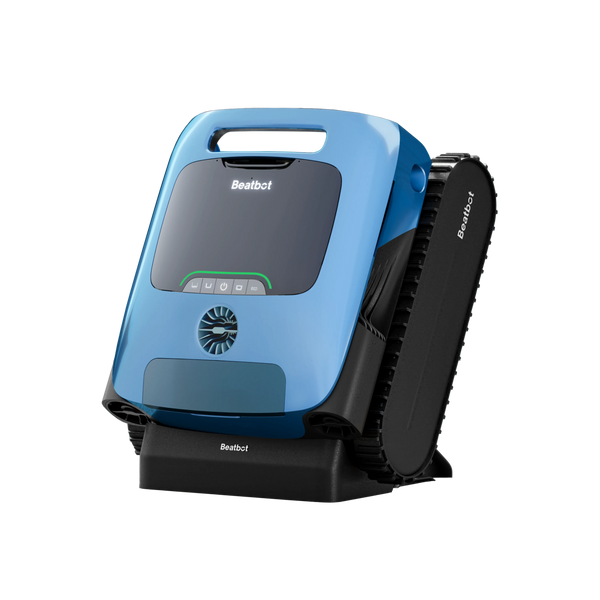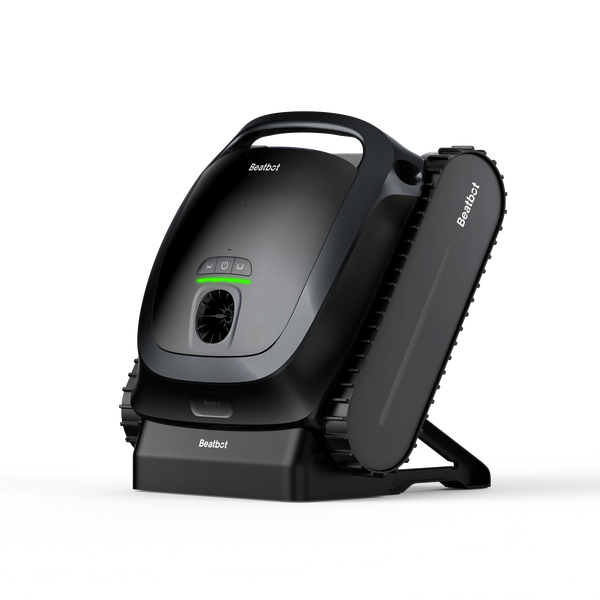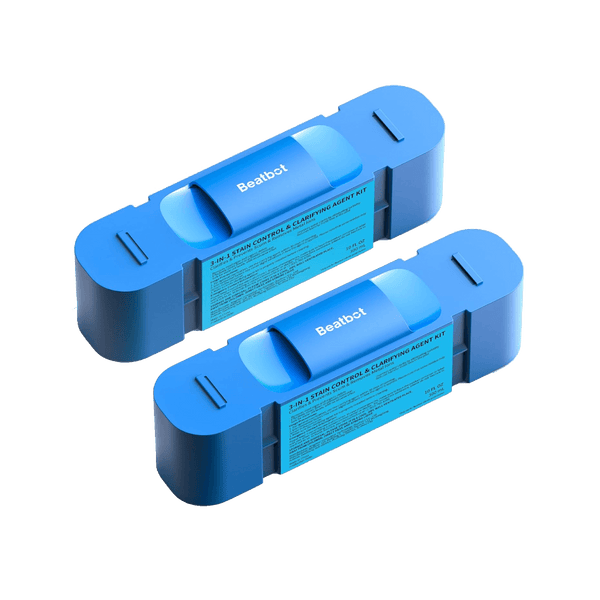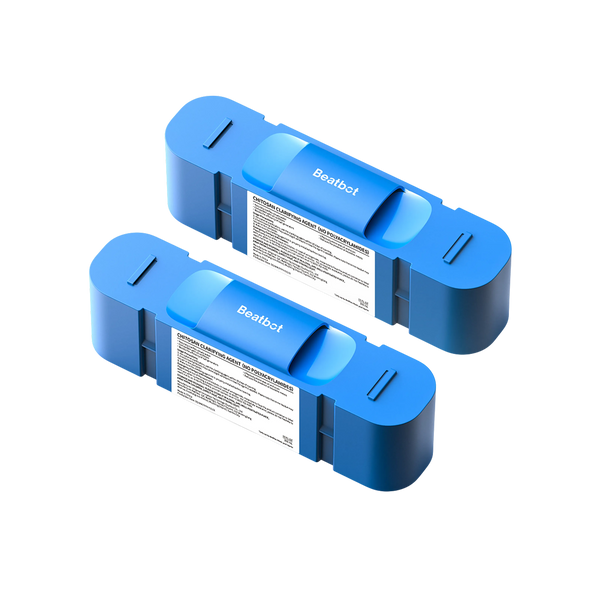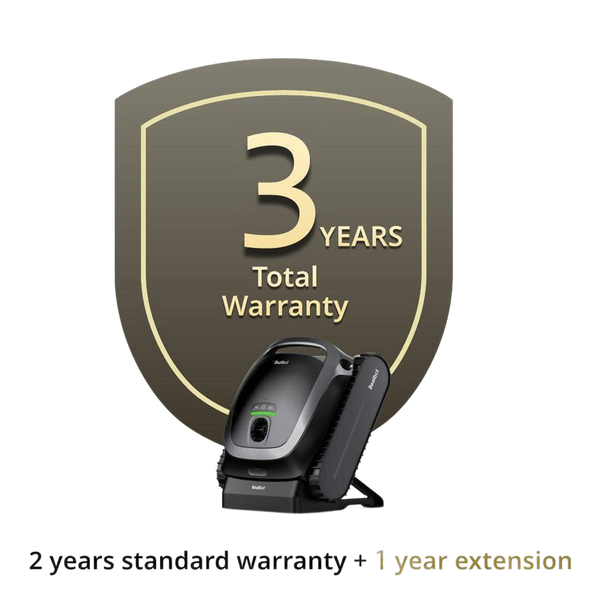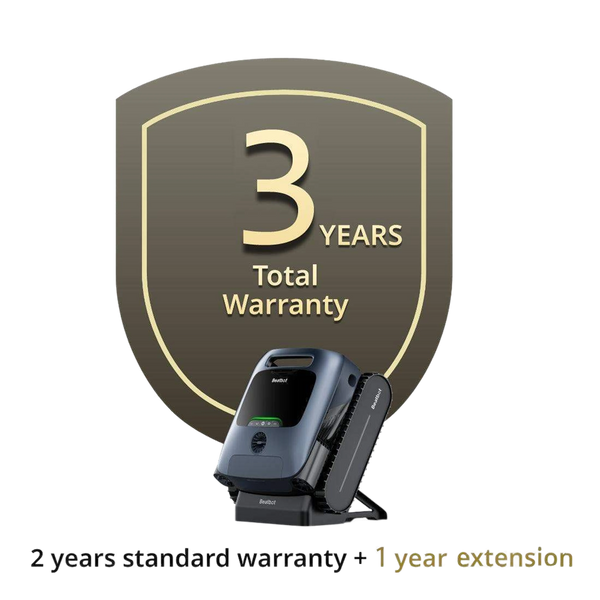Weathering the Storm: A Guide to Post-Hurricane Backyard Recovery and Maintenance
Recovering from a hurricane is tough but rebuilding and recreating your backyard paradise and restoring its beauty and functionality is also an opportunity. It is a slow, careful, methodical process to do safely and effectively. Here are the steps that will take you from this experience, with just a little more knowledge and patience for you to cope with it.
Table of content

Understanding Hurricane Seasons in the U.S.
First of all, if you are living places that gets hit by hurricanes regularly, it would help greatly if you know all about hurricane season in the U.S. So you can plan better if something happens.
Now let's dive into when they bring these storms and what that means for your backyard.Each year from June 1 to November 30, the Atlantic hurricane season rolls around in the weather calendar, with August through October being the peak months.
This means Floridians, the Gulf Coast, and the Eastern Seaboard, many of whom may need to prepare to weather the brunt of hurricanes.Knowing the typical timeline of the hurricane season allows you to anticipate when you might need to start preparing your home and backyard.
The first named storm typically forms in mid to late June, with the first hurricane tending to form in early to mid-August, and the first major hurricane forming in late August or early September. This gives us a rough idea of when to start watching the skies and preparing for what might come our way.
Awareness of these tendencies can put you in a better position to plan. Which means you can start securing your yard — from tree trimming to bolstering structures, before the peak of the season. That also means having a plan to know what to do in the event of a hurricane making landfall, including where to get shelter and how to protect your property.
Ensuring Safety First
Safety is the priority after the storm moves out. Stay tuned to local news for updates and comply with all evacuation orders and remain out until authorities say it is safe to come back.
When you return, do an inspection for hazards where it might be dangerous — downed power lines, broken glass Evacuate and call authorities if you suspect a gas leak.
Keep in mind that it is vital to use protective gear: gloves, face masks, and solid footwear are all essentials to protect yourself from debris and potential health hazards.
Assessing the Damage
The first step to reclaiming your yard is a big deep breath and your castle. It is really okay to be overwhelmed, because there is nothing reassuring about the mess a hurricane leaves behind.
But be aware — you are not on this journey by yourself, and each step you take speaks to you restore you that much more with every click of the camera.Begin as if you are a storyteller and you are documenting the damage.
Document aftermath with your phone or camera when all of these are real. Each image is a slice of the story and you are going to need them for the insurance claim.
Put these into a photo album and backup — a safety net for the journey ahead.Ok, now let's get into the nitty gritty of what to watch for:
Ground
Hurricanes move more than air — they move dirt too Where you once had fertile topsoil, there may now be a barren landscape washed away by the rains. Look for signs of erosion -- they've never been more unmistakable or more urgent to correct.
Garden
Your outdoors was once a spectrum stuffed with magnificence, now it is a palette of mayhem. Seek the veils that have been torn down, the plants that have been deracinated and blown over. This is hard to see, but it is the beginning of the process of realizing the damage and returning your garden to life.
Equipment
If you're a pool owner, your equipment is your pride and joy. However, it's also a matter for you after a hurricane. Look at your pumps, filters, chlorinators and heaters for signs of cracks or leaks. Your pump took a bath in the water and may require more than detergent, it may require a professional!

Once you have documented and investigated, you can build your own list. This is not merely a collection of things; it is a guide to healing. Detail everything — include structural issues and personal property that was affected.
You may want to jot down a bullet point list for this; it will help you through the insurance process and the feat of physical work that lies ahead.
Contact Your Insurance Company
Once the dust has cleared and you have documented the extent of the damage, its time to take a deep breath and call up your insurance company. I know, it might seem like a big step, but remember, they are there to help you get through the battle.
Your insurance company is your recovery partner and wants to hear from you and help you get back to normal. Once you have all the documentation and you feel that the storm has passed, call them.
Now, go detail about the situation. Tell your stories of the photos and why the items on your lists are important. They have to know how much damage there is to assist you in the best possible manner.
Even during the claims process, get clarification and be clear on what your policy covers. Is your house still livable after the storm? How do you prepare your claim to get it processed without snags? They are your guiding light through all of this information, which is critical.
Clearing the Debris: Your First Step to Restoration
Now we can get down to the hard work of resetting debris. It's like tidying up after a big party, but the mess is a bit more...natural. Start by picking up the sticks, leaves and other rubbish that the hurricane brought. This not only looks nice but allows your space to be safe again. There are hidden dangers from shards of glass so tread carefully and take everything slowly.
Removing Water
After your house was affected by flooding, the next step is to remove the stagnant water as soon as possible. Pumps and buckets are your new BFFs, and there you are, get the water out and the rest of your old assets intact. The first principle of working with electrical devices is that you must always turn off their power before touching them. After the water is cleared, fans and dehumidifiers will be your best friends to dry everything out.
Clearing the Pool
For those of you with a pool, this is where the real care comes in. Remove leaves, branches, and any debris that have blown or fallen into your pool area. Surface skim to remove any floating debris and inspect for damage. One of the more important things to check in your pool is the drain covers, as the loss of these could mean bigger problems further down the line. If you discover any, call the pros to repair them.

Now that you have taken care of the pool itself, look in the skimmer basket and pump basket. Check your pool equipment for damage, and ensure everything is dried out before the power is switched back on. In the case of electronics, if they have gotten water or debris on them, throw out and replace to avoid electrical fires.
Disinfection
Hurricane water is not just water — it is a delivery vehicle for as many harmful microorganisms as a doctor could dream of. These tiny threats can cause mold in your yard, and without control, can even spread diseases. So, how do we fight back?
Disinfecting the Affected Areas
The easiest solution for fighting this is to use a simple bleach solution. Combine one cup of bleach with a gallon of water, and use the mixture to scrub any and all yard surfaces that have come into contact with floodwater. It is way more than simply cleaning up; it is a mission of eliminating potential mold and saving your property from the invisible treat carried in the water.
It's time to get rid of items that are not salvageable once you have cleaned. Anything that has been soaked with floodwaters and cannot be cleaned should be thrown away such as furniture, carpets, and toys. At this point you have to say goodbye to these items, but you must always think about the health of your family.

Disinfecting the Pool
The war against bacteria drags on under the water for pool owners. Begin by testing the pH levels of the water with strips. Balance the chemicals, as required, to make it the right water to be utilized in. If the water balance continues to be unbalanced, it is time to shock the pool, which means adding high concentrations of chlorine to destroy bacteria and algae.
Shocking the pool and letting the filtration system work for at least 12 hours will remove all annoying chemical products. It will take some time, but that is the important thing because the water has to be clean and the area as a whole has to be safe for swimming. If they come to a realization that the problem cannot be solved, then hire a professional pool maintenance team. Their restoration is to make your pool be in a clean and fresh condition.
Relative Blogs
About the author
